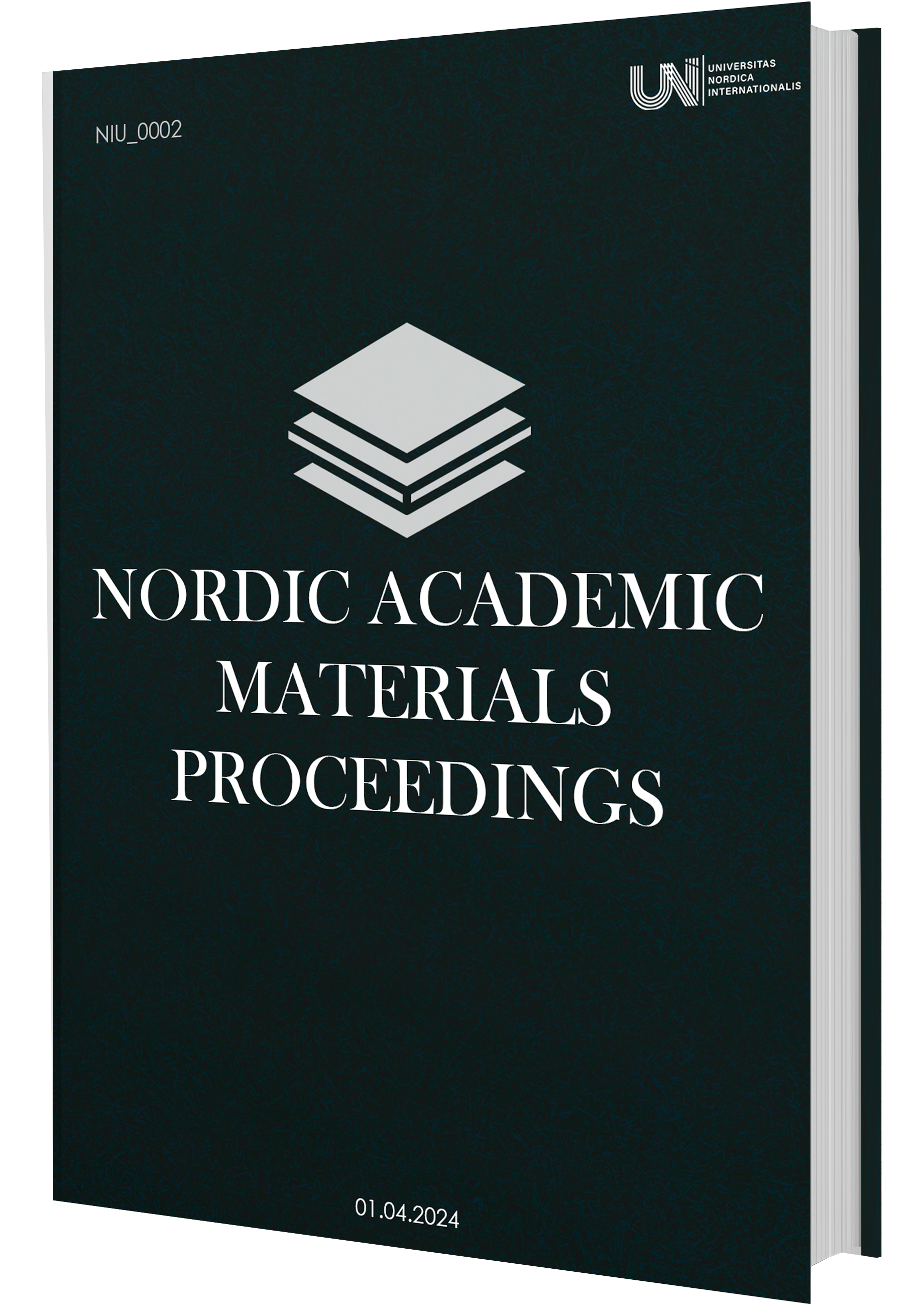CHANGES IN THE WORD FORMATION IN OLD, MIDDLE AND EARLY MODERN ENGLISH
Keywords:
suffix, prefix, phonology, morphology, syntax, lexical unit, original root.Abstract
This article describes the history of Old English word formation and the changes that have occurred over time. Besides that, lexical, semantic, orthographic changes in words are also analyzed according to the theoretical approaches.
References
Barry, A. K. (2008). Linguistic perspectives on language and education. Upper Saddle River, N.J: Pearson/Merrill Prentice Hall.
Baldauf, R. B. Jr, Li, M. L & Zhao, S. H. (2008). Language acquisition management Inside and outside the school. Jn B,Spolsky & F. M. Hult (Eds.), Blackwell handbook ofeducational linguistics (pp. 233-250). Malden, MA: Blackwell.
Butler, Y. G., & Iino, M. (2005). Current language reform in English language education: The 2003 "Action Plan." Language
Policy, 4, 25-45.
Hasanova, D., & Shadieva, T. (2007). Implementing communicative language teaching in Uzbekistan. TESOL Quarterly, 42(1), 138–143.
Haugen, E. (1983). The implementation ofcorpus planning: Theory and practice. In J. Cobarrubias and J. A. Fishman (Eds.),Progress in language planning (pp. 269-290). Berlin: Mouton.
Kaplan, R. B., & Baldauf, R. B., Jr (1997). Language planning: From practice to theory. Qevedon: Multilingual Matters.
Kaplan, R. B., & Baldauf, R. B., Jr (2010). North Korea's language revision and some unforeseen consequences. In J. A.
Fishman & 0. Garcia (Eds.), Handbook oflanguage and ethnic identity: VoL 2: Succw and failure continuum. Oxford:
Oxford University Press (in press).
Ricento, T. K., & Hornberger, N. H. (1996). Unpeeling the onion: Language planning and policy and the ELT professional.
TESOL Quarterly, 30(3), 401-427.
Zhao, S. (2011). Actors in language planning. In E. Hinkel (Ed.), Handbook of research in second language teaching and learning: Volume 2 (905-923). New York: Routledge.
Downloads
Published
Issue
Section
Categories
License
Copyright (c) 2024 Aziza Azimova

This work is licensed under a Creative Commons Attribution-NonCommercial 4.0 International License.
Litsenziya shartlari
Bu ish Creative Commons Attribution-NoCommercial 4.0 xalqaro litsenziyasi ostida litsenziyalangan. Ushbu litsenziya nusxasini koʻrish uchun http://creativecommons.org/licenses/by-nc/4.0/ saytiga tashrif buyuring yoki Creative Commons, PO Box 1866, Mountain View, CA 94042, AQShga xat yuboring.
Ushbu litsenziyaga muvofiq, siz:
Ulashish — materialni istalgan vosita yoki formatda nusxalash va qayta tarqatish
Moslashtiring - remiks qiling, o'zgartiring va materialga asoslang
Litsenziya shartlariga rioya qilgan holda litsenziar ushbu erkinliklarni bekor qila olmaydi. Quyidagi shartlar asosida:
Atribut - Siz tegishli kredit berishingiz, litsenziyaga havolani taqdim etishingiz va o'zgartirishlar kiritilganligini ko'rsatishingiz kerak. Siz buni har qanday oqilona yo'l bilan qilishingiz mumkin, lekin litsenziar sizni yoki sizning foydalanishingizni ma'qullashini taklif qiladigan tarzda emas.
Notijorat - Siz materialdan tijorat maqsadlarida foydalana olmaysiz.
Hech qanday qo'shimcha cheklovlar yo'q - Siz boshqalarga litsenziya ruxsat bergan har qanday harakatni qonuniy ravishda cheklaydigan qonuniy shartlar yoki texnologik choralarni qo'llay olmaysiz.





